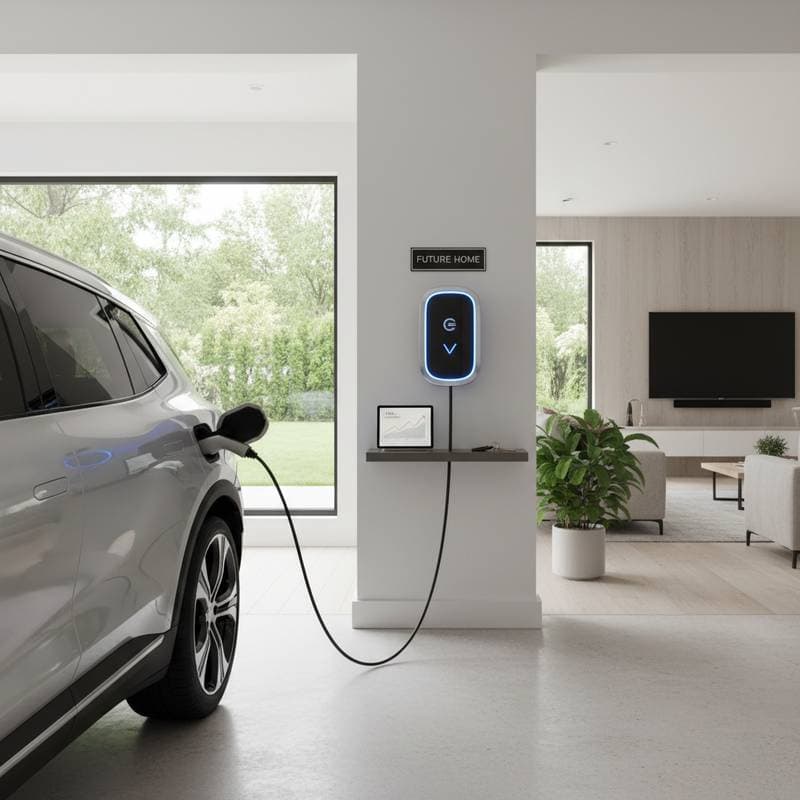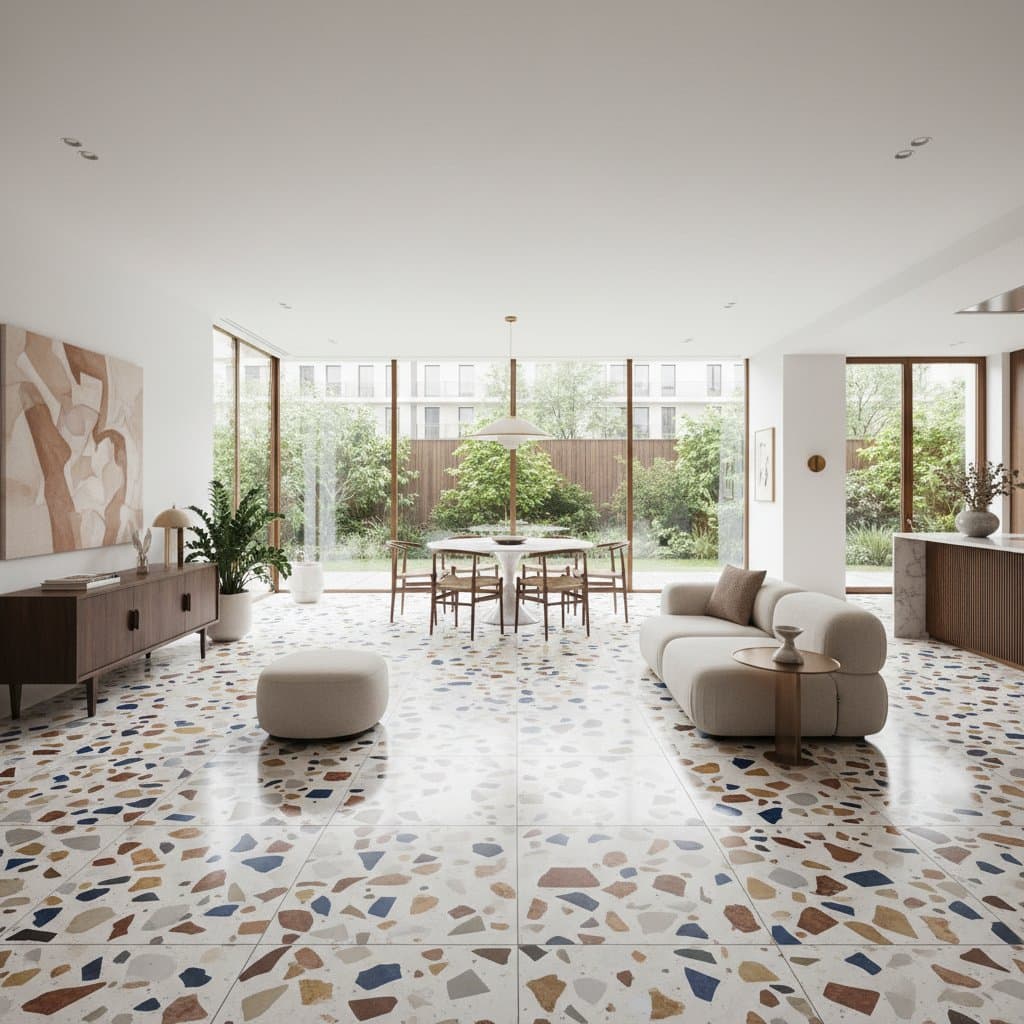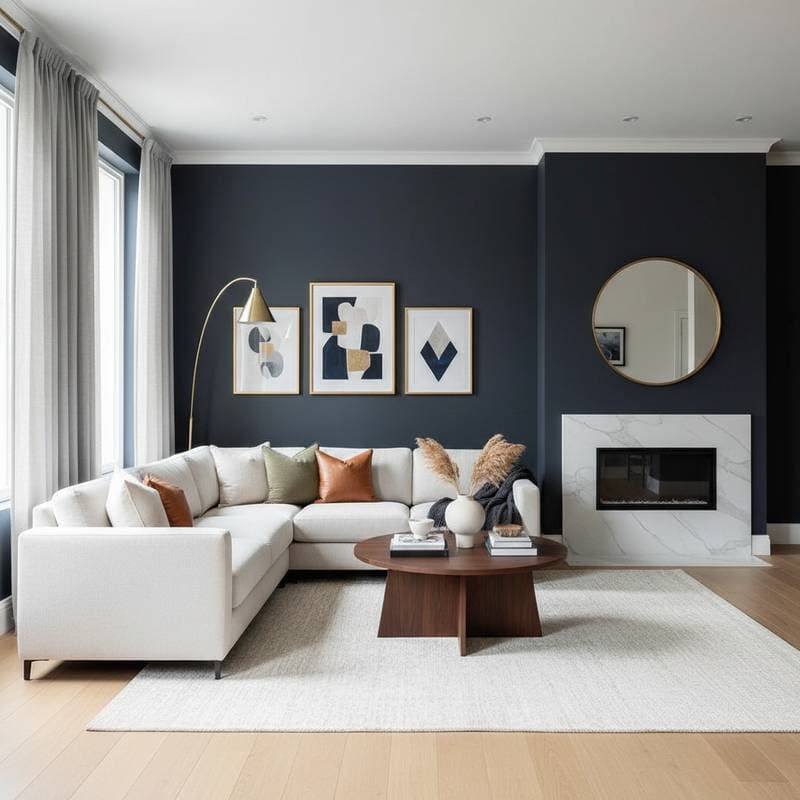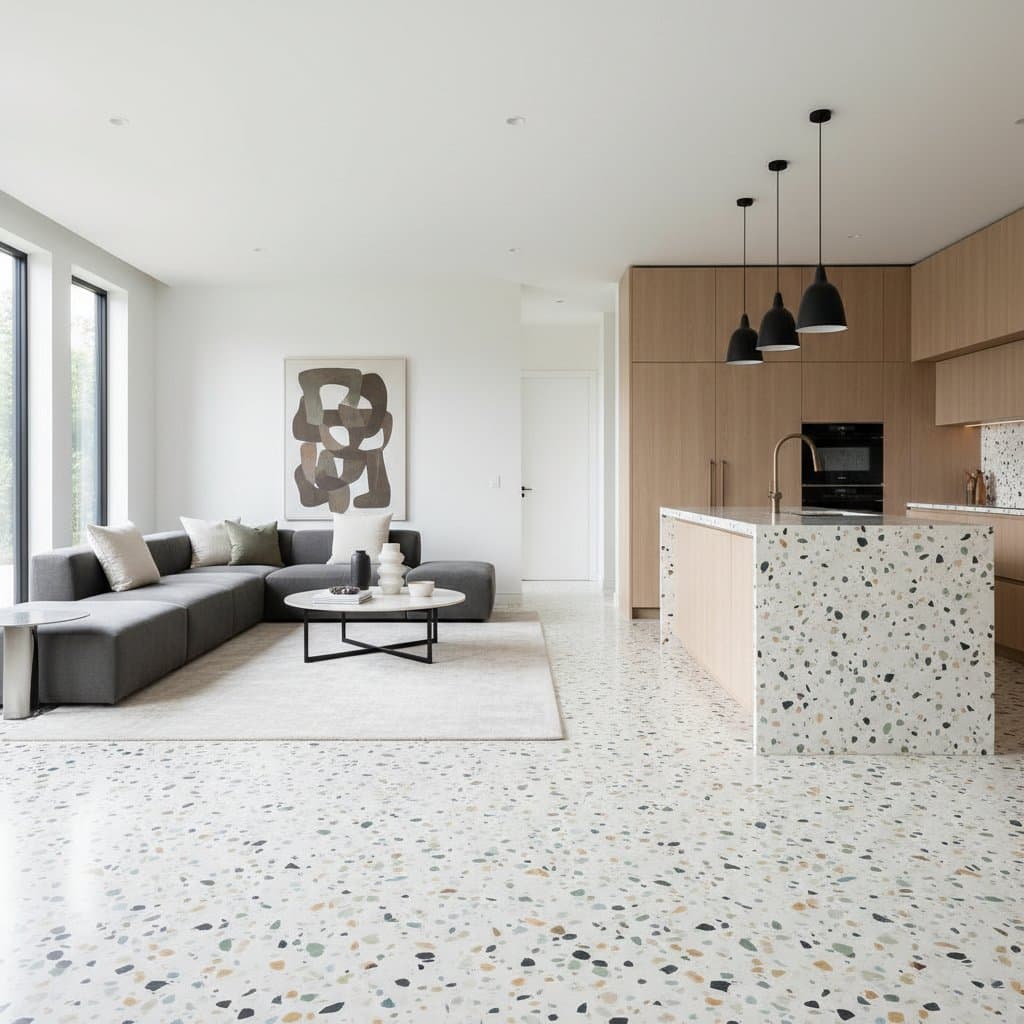Coastal Grandmother Trend Fuels 2025 Home Value Surge
The coastal grandmother trend elevates home values in meaningful ways. Buyers seek serene, sun-drenched interiors featuring gentle textures and enduring elements. Real estate professionals observe increased interest in properties that exude tranquility, cleanliness, and warmth. This preference influences prices in coastal communities and inland neighborhoods alike.
Understanding the Coastal Grandmother Style
This aesthetic draws from seaside influences while emphasizing ease, restraint, and enduring form. Envision crisp linen coverings, pristine walls, interlaced floor coverings, and fresh hydrangea arrangements. The style transcends demographics; it embodies a way of living. The term evokes the unpretentious, inhabited charm of seaside family residences.
To achieve this look, select pieces that invite relaxation without ostentation. Incorporate elements like seashell accents or driftwood details sparingly to enhance the natural theme. Homeowners often find that layering subtle patterns, such as subtle stripes on upholstery, adds depth without overwhelming the space.
Reasons It Enhances Property Value
Prospective owners view this design as immediately habitable. Neutral color schemes provide versatility, robust materials ensure longevity, and the overall atmosphere suggests sophistication minus extravagance. Properties presented in this manner capture compelling images for digital marketplaces, a critical factor in modern sales.
The appeal spans generations. Younger purchasers value the soothing environment amid fast-paced lives. Seasoned buyers cherish the nod to heritage and comfort. Market data indicates that such homes command premiums of five to ten percent over comparably sized unstaged alternatives, particularly in competitive regions.
Staging experts note that this style reduces time on market by up to twenty percent. Its timeless quality resists rapid obsolescence, preserving resale potential. In essence, it transforms a house into a desirable retreat that resonates emotionally with viewers.
Essential Design Elements
- Gentle Neutrals and Abundant Natural Light. Employ shades of white, cream, and pale blue to foster openness and ventilation.
- Natural Textures. Integrate linen, cotton, jute, and raw timber for tactile authenticity.
- Timeless Furniture Silhouettes. Opt for enduring profiles that mature gracefully over time.
- Curated Accessories. Display literature, ceramics, and inherited artwork to anchor the composition.
- Uncomplicated Outdoor Enhancements. Select hydrangeas, lavender, and indigenous perennials to complement the interior narrative.
Executed thoughtfully, these components yield a residence that radiates composure and vitality, distinct from contrived presentations. Consider incorporating subtle lighting, such as sheer lampshades in natural fibers, to amplify the luminous quality during evening viewings.
Expenses Involved in Adopting the Aesthetic
| Task | Typical Cost Range | Influencing Factors |
|---|---|---|
| Interior Repainting in Subdued Hues | $2,000 to $6,000 | Home dimensions, paint durability |
| Installation of Linen or Cotton Drapery | $800 to $3,500 | Bespoke measurements, fixture selections |
| Substitution of Flooring with Pale Oak or Composite Wood | $4,000 to $12,000 | Material specifications, area extent |
| Revitalization of Seaside-Inspired Gardens | $1,000 to $5,000 | Botanical varieties, watering systems |
Costs fluctuate based on geographic location. Repurposing current furnishings or sourcing reclaimed items frequently halves expenditures. For budget-conscious updates, prioritize high-impact areas like entryways and living rooms to maximize return on investment.
Timeline for Implementation
Homeowners typically refresh principal areas within two to six weeks. Surface alterations such as painting and accessory placement require mere days. More involved modifications, including flooring installation or garden overhauls, extend the schedule.
Engaging a professional designer accelerates comprehensive renovations. They coordinate timelines, source materials efficiently, and ensure cohesion. For those preparing for sale, a phased approach allows testing elements in high-traffic zones before full commitment.
Choosing Between Self-Directed and Professional Assistance
Pursue DIY When:
- Enjoyment derives from minor painting or furniture repositioning.
- Existing inventory suffices for adaptation.
- Initial efforts focus on fabrics and ornaments.
Engage Experts When:
- Structural rearrangements or significant surface renewals prove necessary.
- Imminent sale demands a unified visual narrative.
- Guidance is sought for procuring premium seaside-compatible items.
Professionals frequently access vendor reductions that balance their compensation. Their market insight tailors selections to local buyer preferences, enhancing appeal in specific locales.
Essential Supplies Inventory
- Rollers and brushes for application
- Protective sheeting
- Subdued paints and preparatory coats
- Measurement instruments
- Pale timber planks or expansive mats
- Linen panels or protective covers
- Interwoven containers, vessels, and mounted illustrations
Prioritize permeable textiles and organic substances. These choices withstand seasonal shifts while maintaining year-round comfort. Stock extras for minor adjustments during the process.
Considerations by Locale
In moisture-laden seaside environments, select mold-repelling coatings and textiles. For temperate inland areas, incorporate insulating layers like additional floor coverings and coverings to sustain the ventilated essence.
In cooler districts, introduce woolen accents judiciously to provide insulation. Verify municipal regulations for outdoor coatings or modifications; permits may apply to expansive endeavors. Adapting to regional flora ensures landscapes thrive without excessive upkeep.
Precautions and Upkeep Practices
Handle elevated platforms with caution during overhead tasks. Ensure adequate airflow in enclosed spaces amid applications. Select formulations with minimal volatile compounds to minimize fumes and residues.
Preserve surfaces using gentle cleansers and water solutions. Routine dusting prevents accumulation on fabrics, while periodic airing refreshes natural elements. These habits extend the style's pristine appearance over years.
Enduring Advantages
Beyond visual allure, the coastal grandmother approach fosters serene, utilitarian environments that draw purchasers. Residences embodying this ethos frequently close transactions more swiftly and nearer to listed figures. The foundational neutrality facilitates future adaptations, such as introducing bolder hues or contemporary hardware, sans wholesale overhauls.
Owners report heightened personal satisfaction from these spaces, which indirectly bolsters long-term equity. In volatile markets, this resilient design serves as a strategic asset, appealing to diverse demographics while aligning with sustainable living principles.
Frequently Addressed Questions
Which hues characterize the coastal grandmother scheme? Pale whites, subdued azures, earthen tans, and soft verdants.
Does this approach suit compact interiors? Indeed. Bright tones and streamlined arrangements expand perceived dimensions in confined quarters.
Is integration of contemporary elements feasible? Certainly. Maintain sleek contours and organic compositions to harmonize styles seamlessly.
Does the trend confine itself to littoral properties? Not at all. It thrives in any setting desiring expansive, ventilated ambiance, with adjustments for ambient illumination and terrain.
Steps to Realize the Vision
Commence with coloration and textiles for swift impact. Introduce dimensionality through textures, followed by individualized flourishes. Maintain lightness, simplicity, and authenticity throughout to cultivate an inviting, enduring haven.









